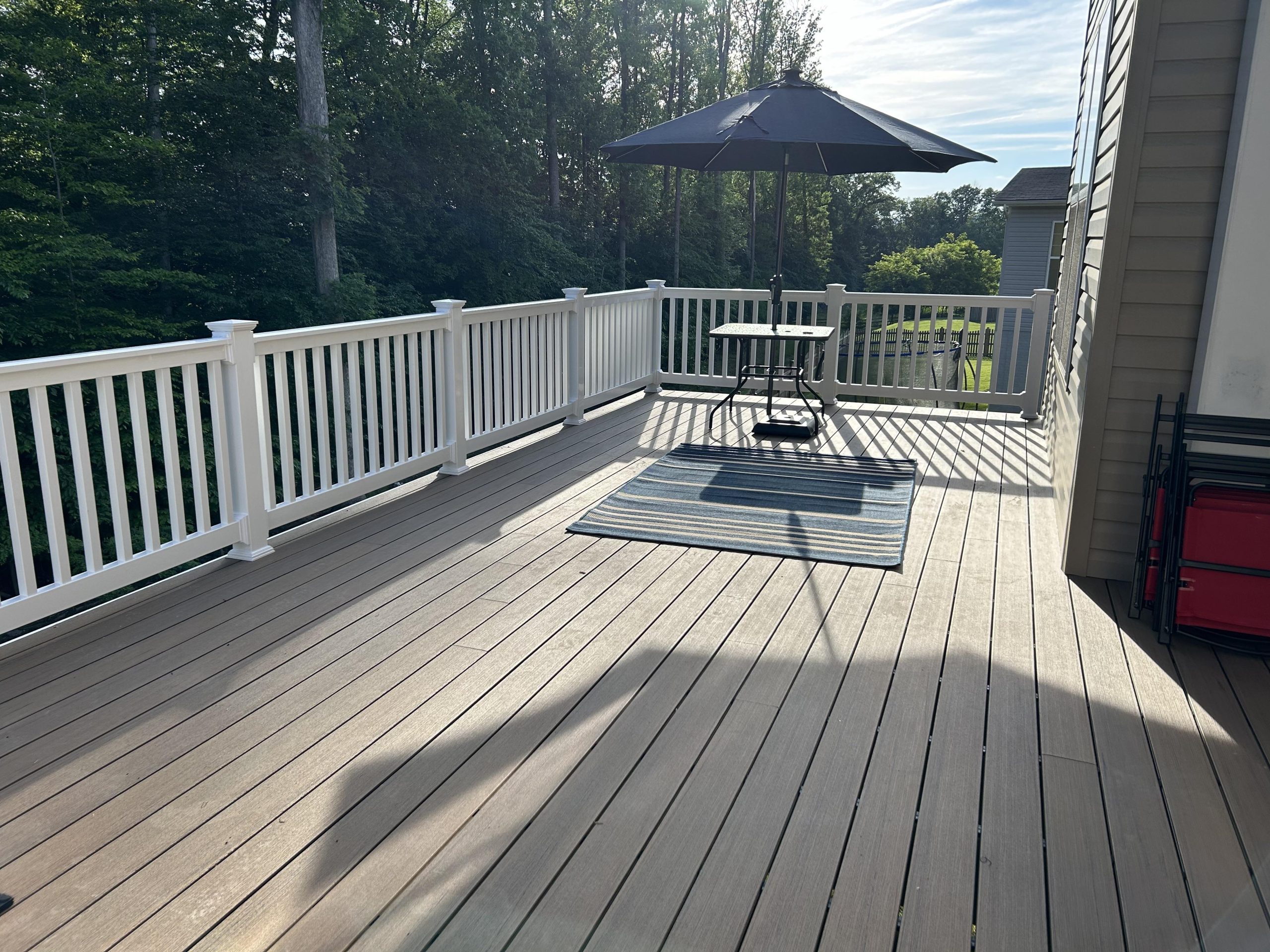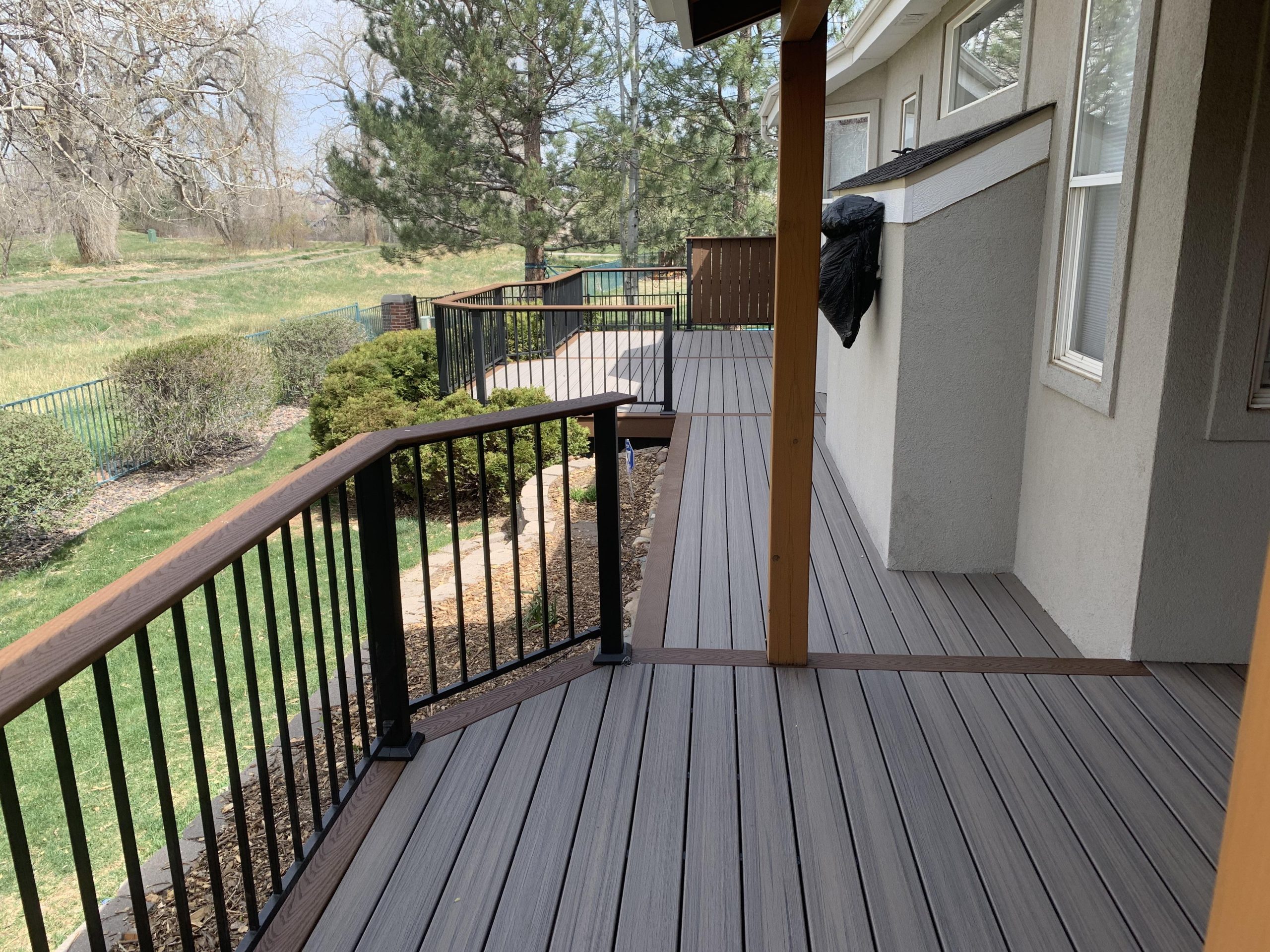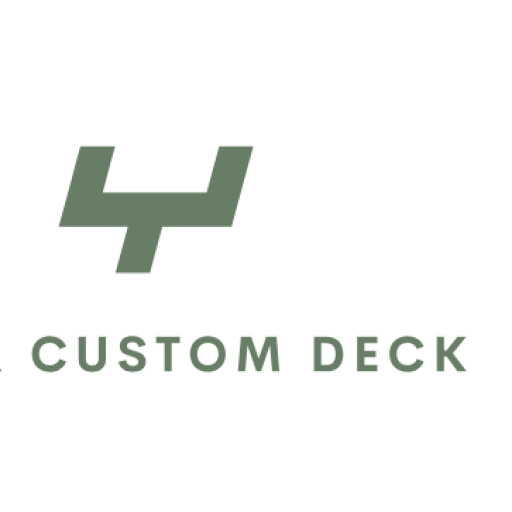Wood Decking
The decision you make about wood vs composite decking for your outdoor living area can have a big impact on maintenance and appearance. For US homeowners hoping to upgrade their outside spaces, this book offers a summary of the main distinctions, advantages, and eye-candy ideas.

How much should a wooden deck cost?
It’s critical to comprehend the financial implications of your decking decision. This is an overview in general. Including supplies and labour, the price per square foot might vary from $15 to $30. The least expensive wood is usually pressure-treated, but exotic hardwoods can drive up costs dramatically. The usual price range for a square foot is $20 to $40. Despite the higher initial cost, wood decking might become more affordable over time due to the reduction in long-term upkeep.



Wood deck installation
Make sure the ground is flat and smooth. Keep two joists at a maximum spacing of 400mm between centres of 300mm. Make sure there are double joists where two decks meet. For large terraces, just place the joists on a concrete stand. Normally 2 to 3 fitters are required for each 1m joist, resulting in one fitter per 30 to 40cm of space. Pre-drill the hole in the joist and then insert the beginning clips. To allow for WPC product expansion and proper drainage and ventilation, keep the board end and joist at least 10mm from walls or impediments.
Types of Wood Decking
For many years, wood decks have been a common sight in backyards across America. Many homeowners love the natural feel and appearance they provide. Frequently utilized wood kinds consist of:
Pressure-Treated Pine:
For homes on a tight budget, pressure-treated pine is a popular option because it’s inexpensive and resistant to insects and deterioration.
Cedar:
Cedar is a popular choice because of its rich colour and fragrant aroma. It is also naturally resistant to insects and moisture.
Redwood:
Redwood is more expensive than other woods but has a beautiful appearance, is strong, and doesn’t split or warp.
Benefits of Wood Deck
1- Natural Beauty:
Wood has warm tones and textures that are difficult to duplicate, giving it a timeless, traditional appearance.
2- Customization:
Wood decks are simply painted or stained to fit the colour scheme of your house.
3- Repairable:
Without a whole makeover, wood that has been damaged can be refinished, stained, or sanded down.
Drawbacks
1- Maintenance:
In order to keep wood decks from weathering and decaying, frequent maintenance is necessary, which includes staining and sealing.
2- Durability:
Wood is prone to rot, insect damage, and weathering, which could result in increased long-term expenses.
Visual Inspiration for Your Decking
When creating your deck, images can guide your decisions. Here are some concepts to get your project going:
1. Cozy Outdoor Living Rooms
Make the area seem like a continuation of your house. Incorporate attractive pillows, outdoor rugs, and cozy chairs. Whether you choose with composite or wood, adding these features can turn your deck into a well-liked place to gather.
2. Multi-Level Decks
For maximum space use and aesthetic appeal, think about creating a multi-level design. There are multiple uses for different floors, including dining, relaxing, and even an outdoor kitchen. Both wood and composite materials may accomplish this.
3. Integrated Planters
Integrating built-in plants can improve the visual appeal of your deck. This feature lets you add vegetation that enhances your outside space and works well with both wood and composite decks.
4. Shade Structures
For your deck, think about including pergolas or shade sails. These buildings can create a designated area for relaxing and offer relief from the sun. Decks made of composite material or wood can support these features.
How o choose: Composite vs Wood decking
The decision between wood and composite decking is influenced by a number of variables, such as your preferred degree of upkeep, budget, and aesthetic tastes. Consider asking the following questions:
What is your budget?
Pressure-treated wood can be your best bet if money is tight. Take into consideration composite if you want durability and little maintenance.
What is the amount of time you are willing to devote to maintenance?
Composite is the best option if you want to enjoy your deck without having to worry about maintenance.
What look are you aiming for?
There’s just no better material for a traditional, organic look than wood. However, composite offers design adaptability provided you’re open to using contemporary materials.
Conclusion
Every deck material, including composite and wood, has specific benefits and drawbacks. The decision for American homeowners ultimately boils down to budget, lifestyle, and personal taste. You may choose wisely and improve your outside area for many years to come by taking upkeep, durability, and beauty into account. Regardless of the option you select, make sure your deck is built to suit your lifestyle and serves as the ideal hideaway for loved ones. Take a look at some ideas and photographs to help you envision your perfect deck and start building your fantasy outdoor retreat.
FAQ

What type of wood is best for a deck?
The best wood type deck option is one of the most popular woods used for decking is pressure treated wood also known as PT wood.
How much does a 12x12 wood deck cost?
The cost of a wood deck for 12’x12′(144 square feet) is $4,500 to $9,000.
Is a wood deck expensive?
Building a wood deck avergae costs is $8,000 , ranges from $4,300 to $12,500.
Is a wood deck cheaper than cement?
No, Wood decking is more expensive than cement because of its high-end materials and complex structure.
Contact
+14322434141
info@yourcustomdecks.com
356 lowa Avenue City Fort Lauderdale
Your Custom Decks
We custom every deck design and build to match your home and maximize your outdoor fun.
